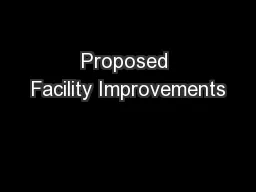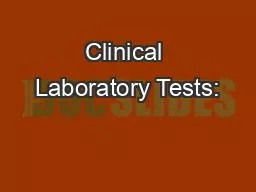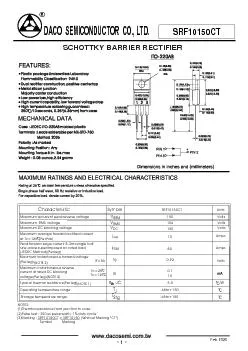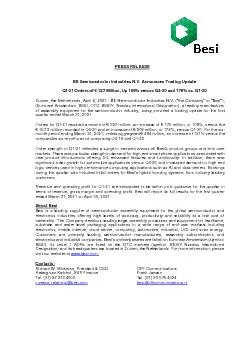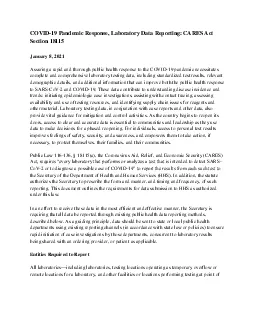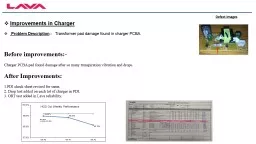PPT-Semiconductor Test Laboratory Improvements for High Tempera
Author : calandra-battersby | Published Date : 2016-03-12
Group 2 Jomah Fangonilo Shawn Hughes Shawn Sickel Antony Stabile Dr Vikram Kapoor Dr Kalpathy Sundaram High Temperature Semiconductor Testing System Jomah
Presentation Embed Code
Download Presentation
Download Presentation The PPT/PDF document "Semiconductor Test Laboratory Improvemen..." is the property of its rightful owner. Permission is granted to download and print the materials on this website for personal, non-commercial use only, and to display it on your personal computer provided you do not modify the materials and that you retain all copyright notices contained in the materials. By downloading content from our website, you accept the terms of this agreement.
Semiconductor Test Laboratory Improvements for High Tempera: Transcript
Download Rules Of Document
"Semiconductor Test Laboratory Improvements for High Tempera"The content belongs to its owner. You may download and print it for personal use, without modification, and keep all copyright notices. By downloading, you agree to these terms.
Related Documents

